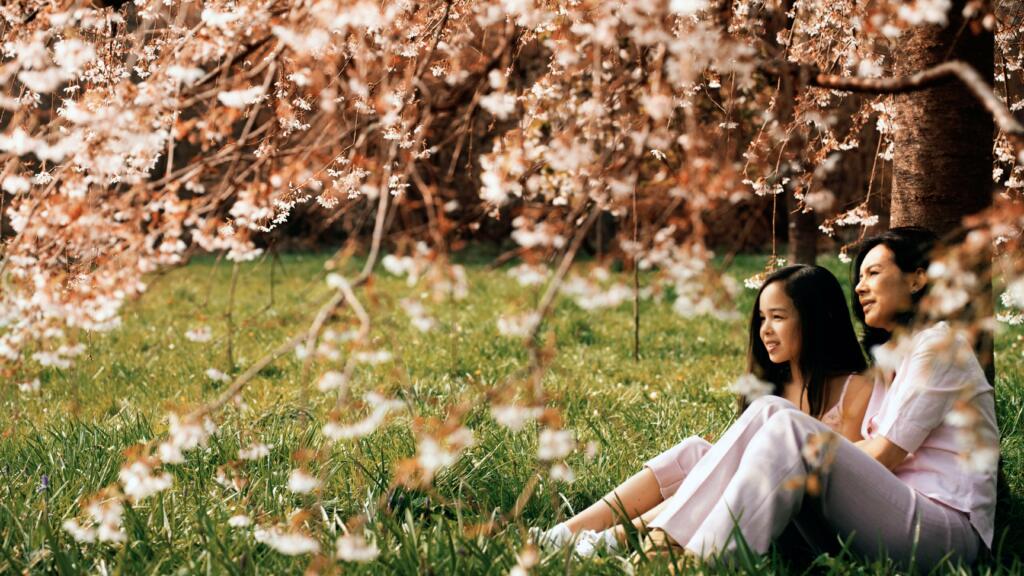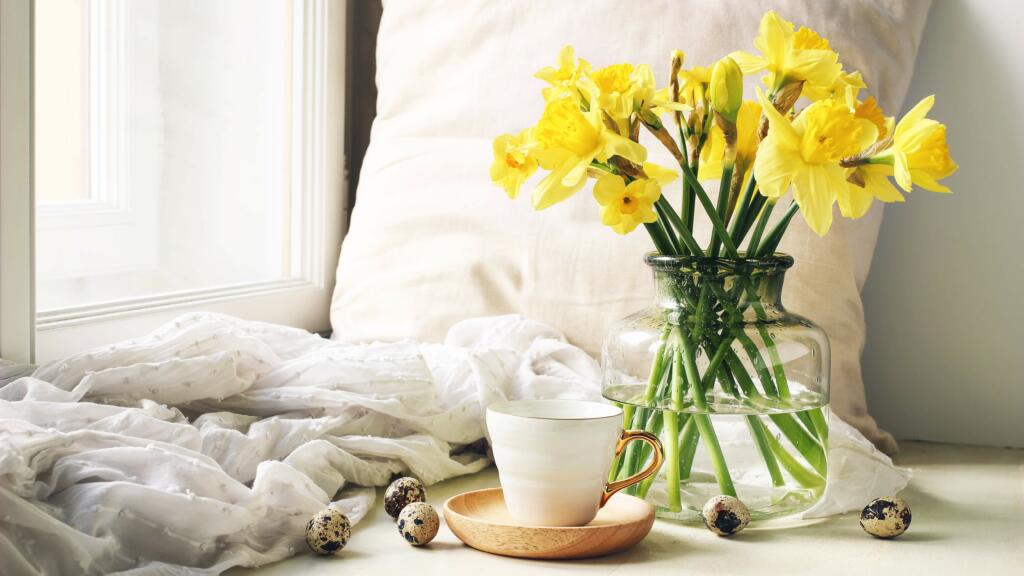
Our 10 best spring walks for wildflowers and views
Phillipa Cherryson
The right after-care will help daffodils’ yellow trumpets return triumphantly next year.
No matter how unseasonably cold or wet a British spring is, you can always rely on daffodils to spread a little joy with their sunny faces.
Knowing what to do when daffodils finish flowering can make a huge difference to how successfully they return the following year. When they start to look a little tired and weary, it’s tempting to tidy them up – but you must resist the urge to cut daffodils back too soon.
We’ve got the best advice from the experts – including some tips from Alan Titchmarsh – and what mistakes to avoid, to ensure your daffodils flower next year.
No matter how unseasonably cold or wet a British spring is, you can always rely on daffodils to spread a little joy with their sunny faces.
Knowing what to do when daffodils finish flowering can make a huge difference to how successfully they return the following year. When they start to look a little tired and weary, it’s tempting to tidy them up – but you must resist the urge to cut daffodils back too soon.
We’ve got the best advice from the experts – including some tips from Alan Titchmarsh – and what mistakes to avoid, to ensure your daffodils flower next year.
 Credit: Shutterstock / GarethWilley
Credit: Shutterstock / GarethWilleyIn the past, people often tied daffodil stems and leaves up (sometimes with an elastic band). This is so they look tidier as they’re dying back at the end of each spring. They also cut them back prematurely, to the detriment of the plant’s health.
 Credit: Shutterstock / encierro
Credit: Shutterstock / encierro“As the flowering bulbs stop blooming, control the temptation to tidy them up by cutting back or removing their leaves,” horticultural adviser Michael Thurlow tells us. “Let the foliage die back naturally, because after exhausting themselves flowering, the bulbs need their leaves (which absorb warmth, water and sunlight) to build up their strength for next spring.”
Alan Titchmarsh also warns against interfering with daffodils too soon after flowering. On a video posted on Instagram, he acknowledges that daffodils look “sad and tatty… and make the garden look messy”.
His method for what to do when daffodils stop flowering is, like Thurlow’s, a hands-off approach (and there’s not an elastic band in sight).
“The easiest thing to do,” Titchmarsh says, “is – with your thumb and your finger – pinch off each of the [flowerheads] with the seed pod.”
He explains that doing this once their yellow flowers have faded saves the plant’s energy. Plus, he adds, they don’t “look nearly so bad”. He advises gardeners to add the removed flowerheads to the compost heap.
 Credit: Shutterstock / R J Endall Photographer
Credit: Shutterstock / R J Endall Photographer“Do not do what a lot of people do and tie (the leaves and stems) in a knot or put an elastic band around them” he warns.
Instead, once the heads have been removed, he tells gardeners to “leave them to flop ‘like that’ for six weeks after flowering. That allows the sunlight to get in there and photosynthesise through the leaves, make food and send it down to the bulb for next year’s flowers.”
Six weeks later, usually around the end of May, Titchmarsh says you can then chop the remaining daffodil leaves and stems at ground level.
Thurlow agrees that a six-week waiting period is vital before removing daffodil foliage.
“Feed the bulbs with liquid tomato fertiliser,” he adds. “Don’t forget to mark the spot where they’re planted with a label. You don’t want to be damaging them later on.”
 Credit: Shutterstock / Iryna Inshyna
Credit: Shutterstock / Iryna InshynaDeadheading daffodils properly, as per Titchmarsh’s advice, can also help to prevent what’s known as daffodil blindness.
Daffodil blindness occurs when plants that have bloomed healthily for a number of years end up only growing their green foliage without their iconic yellow flowers.
There are a number of causes of daffodil blindness, including:
The RHS website has more information on how to control daffodil blindness.

Written by Rosanna Spence she/her
Published: Updated:
Rosanna Spence has been a journalist for nearly 10 years, reporting on a huge array of topics – from microwaves to cocktails, sustainable buildings, the Caribbean islands and beyond. She’s interviewed chefs at the helm of Michelin-starred restaurants and chatted to countless CEOs about their businesses, as well as created travel guides for experienced travellers seeking life-changing adventures. Throughout her career, she has created content for Business Traveller, i-escape.com, Pub & Bar, BRITA, Dine Out and many more leading titles and brands.

Phillipa Cherryson

Rosanna Spence

Rosanna Spence

Stephanie Wood